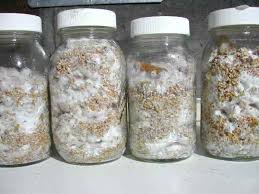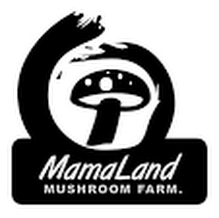Non-prescriptional use of medicinal herbs among cancer patients is
common around the world. The alleged anti-cancer effects of most herbal
extracts are mainly based on studies derived from in vitro or in vivo animal
experiments. The current information suggests that these herbal
extracts exert their biological effect either through cytotoxic or
immunomodulatory mechanisms. One of the active compounds responsible for
the immune effects of herbal products is in the form of complex
polysaccharides known as β-glucans.
β-glucans are one of the most abundant forms of polysaccharides found
inside the cell wall of bacteria and fungus. All β-glucans are glucose
polymers linked together by a 1→ 3 linear β-glycosidic chain core and
they differ from each other by their length and branching structures.
Current data suggests that β-glucans are potent immunomodulators with effects on both innate and adaptive immunity. The ability of the innate immune system to quickly recognize and respond to an invading pathogen is essential for controlling infection. Dectin-1, which is a type II transmembrane protein receptor that binds β-1,3 and β-1,6 glucans, can initiate and regulate the innate immune response. It recognizes β-glucans found in the bacterial or fungal cell wall with the advantage that β-glucans are absent in human cells. It then triggers effective immune responses including phagocytosis and proinflammatory factors production, leading to the elimination of infectious agents. Dectin-1 is expressed on cells responsible for innate immune response and has been found in macrophages, neutrophils, and dendritic cells.
For example, lentinan, a form of mushroom derived β-glucans, has been found to bind to scavenger receptor found on the surface of myeloid cells and triggers phosphatidylinositol-3 kinase (PI3K), Akt kinase and p38 mitogen-activated protein kinase (MAPK) signaling pathway.The adaptive immune system functions through the combined action of antigen-presenting cells and T cells. Specifically, class I major histocompatibility complex (MHC-I) antigen presentation to CD8(+) cytotoxic T cells is limited to proteosome-generated peptides from intracellular pathogens. On the other hand, the class II MHC (MHC-II) endocytic pathway presents only proteolytic peptides from extracellular pathogens to CD4(+) T helper cells. Carbohydrates have been previously thought to stimulate immune responses independently of T cells.
Anti-cancer effects of β-glucans.
Many edible fungi particularly in the mushroom species yield immunogenic substances with potential anticancer activity. β-glucans are one of the common active components. In limited clinical trials on human cancers, most were well tolerated. Among them, lentinan derived from Lentinus edodes is a form of β-glucans. Since it has poor enteric absorption, intrapleural, intra-peritoneal or intravenous routes had been adopted in clinical trials which showed some clinical benefit when used as an adjuvant to chemotherapy.Results of the clinical application of lentinan have proven prolongation of life span of the patients with advanced and recurrent stomach, colorectal, and breast cancer with only little toxic side effect.They can prevent oncogenesis due to the protective effect against potent genotoxic carcinogens. As immunostimulating agent, which acts through the activation of macrophages and NK cell cytotoxicity, beta-glucan can inhibit tumor growth in promotion stage too. Anti-angiogenesis can be one of the pathways through which beta-glucans can reduce tumor proliferation, prevent tumor metastasis. beta-Glucan as adjuvant to cancer chemotherapy and radiotherapy demonstrated the positive role in the restoration of hematopiesis following by bone marrow injury. Immunotherapy using monoclonal antibodies is a novel strategy of cancer treatment. These antibodies activate complement system and opsonize tumor cells with iC3b fragment. In contrast to microorganisms, tumor cells, as well as other host cells, lack beta-glucan as a surface component and cannot trigger complement receptor 3-dependent cellular cytotoxicity and initiate tumor-killing activity. This mechanism could be induced in the presence of beta-glucans.
Dr.Kalonga,AE.
Project Manager.
Mamaland Mushroom Farm(2015).
E-Mail:-Mamalandmushroomproject@gmail.com,
Phone:+2550682757566/+255752007108.
Twitter/Facebook/Linkedin/Google+:Mamaland
mushroom farm.
Blog:Mamalandmushroomproject.blogspot.com


























